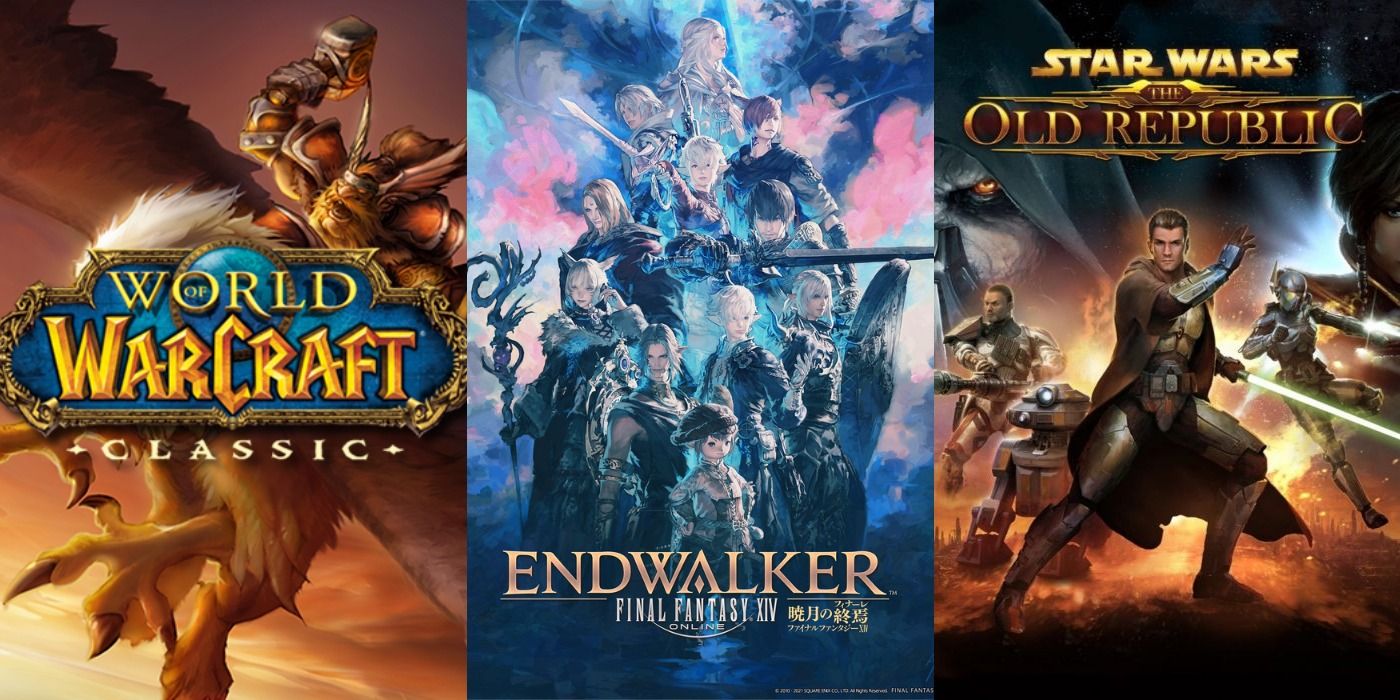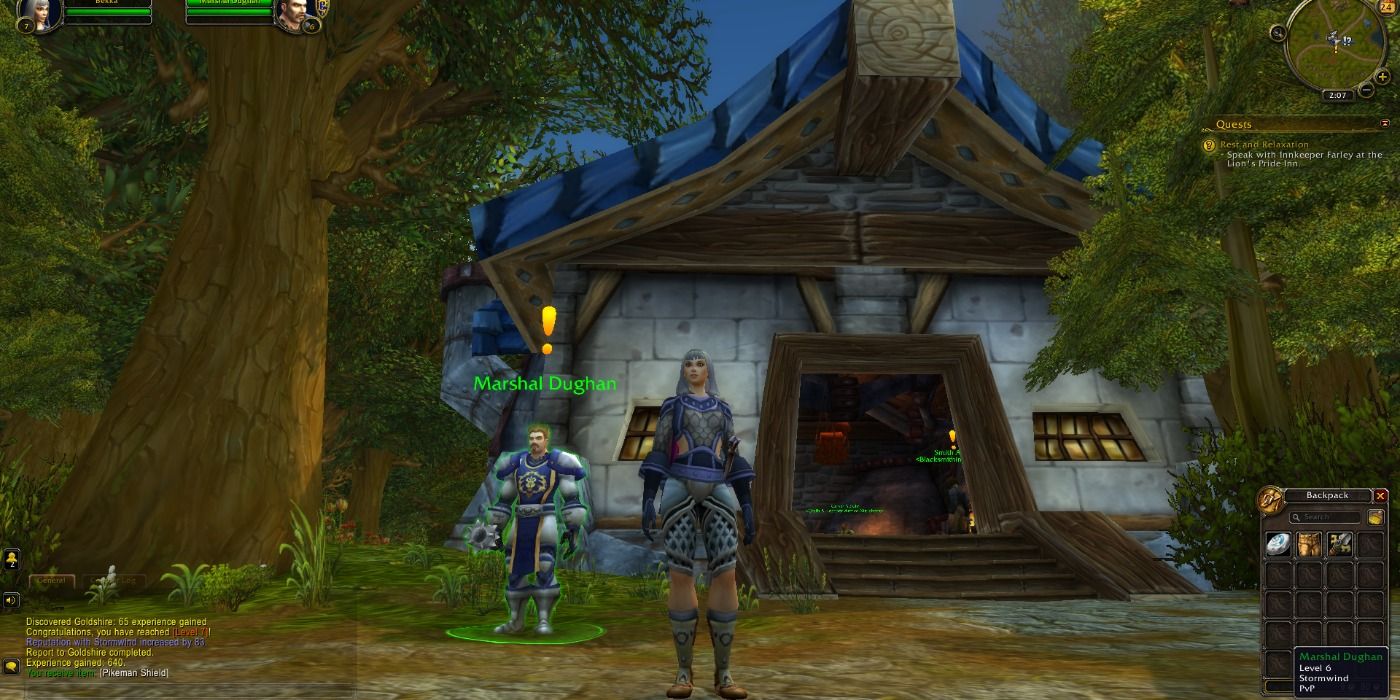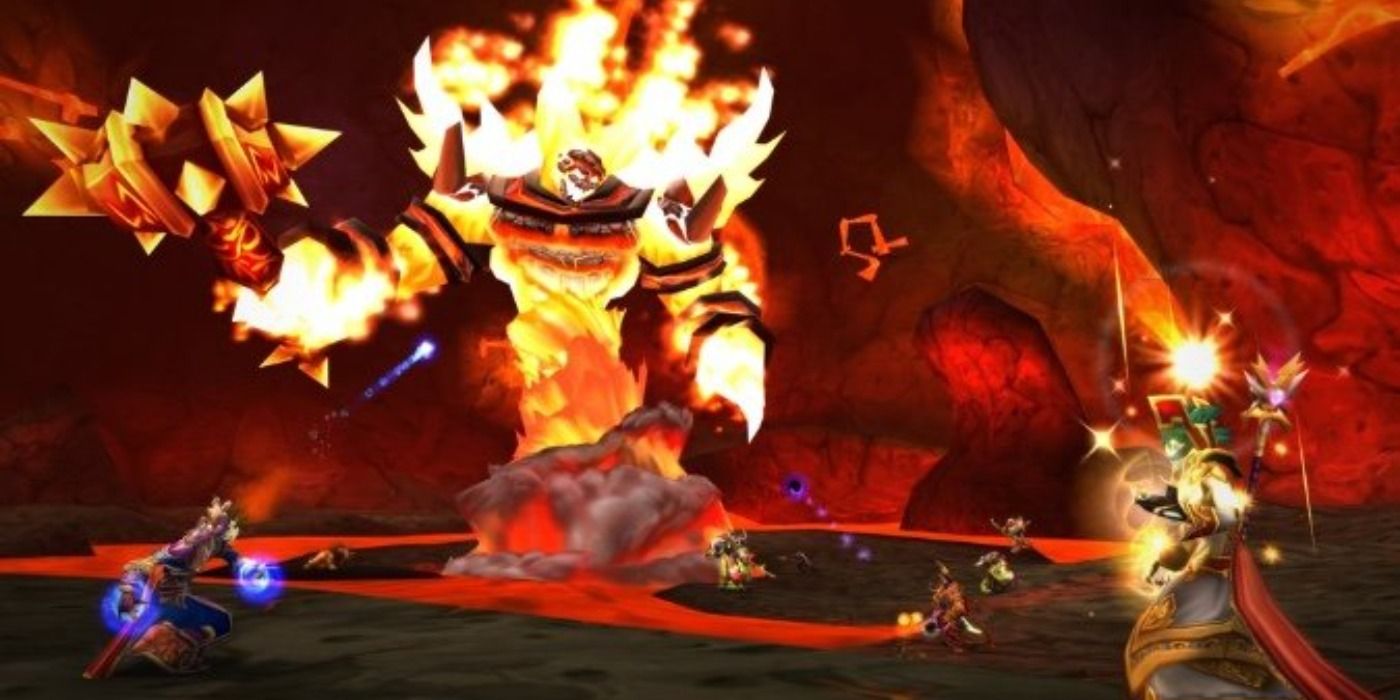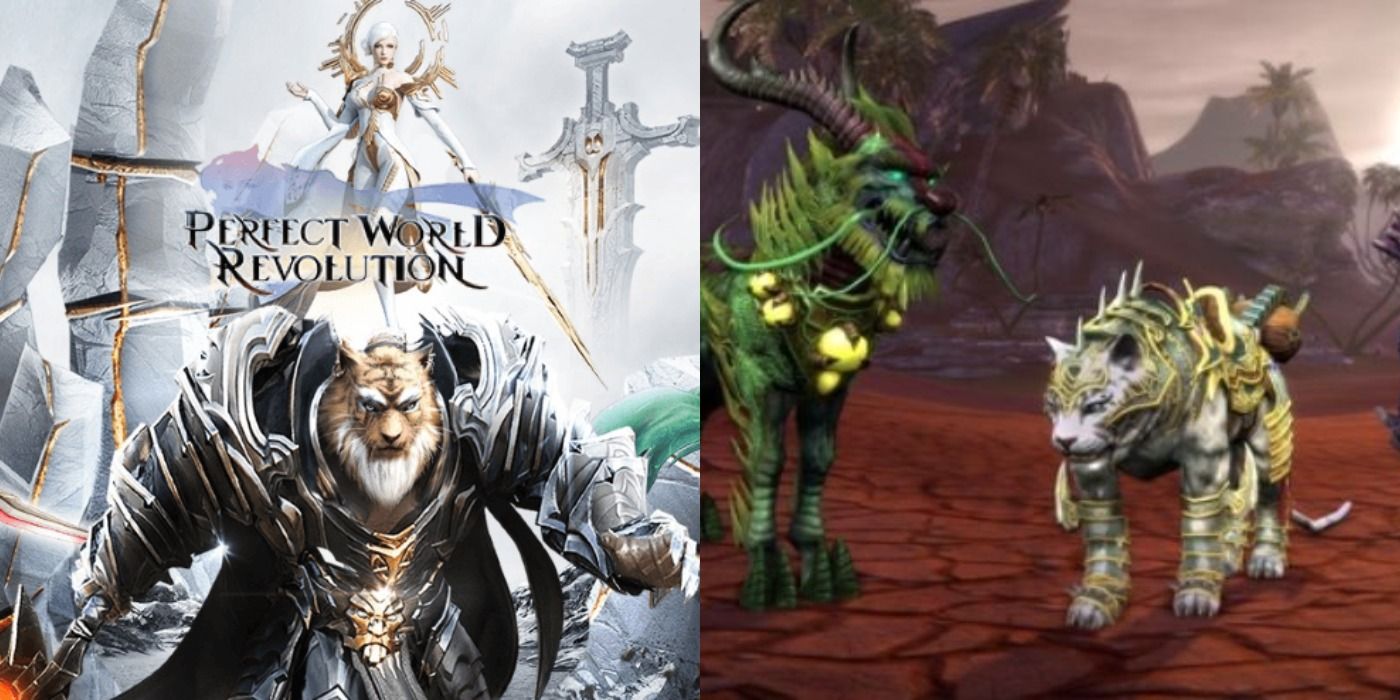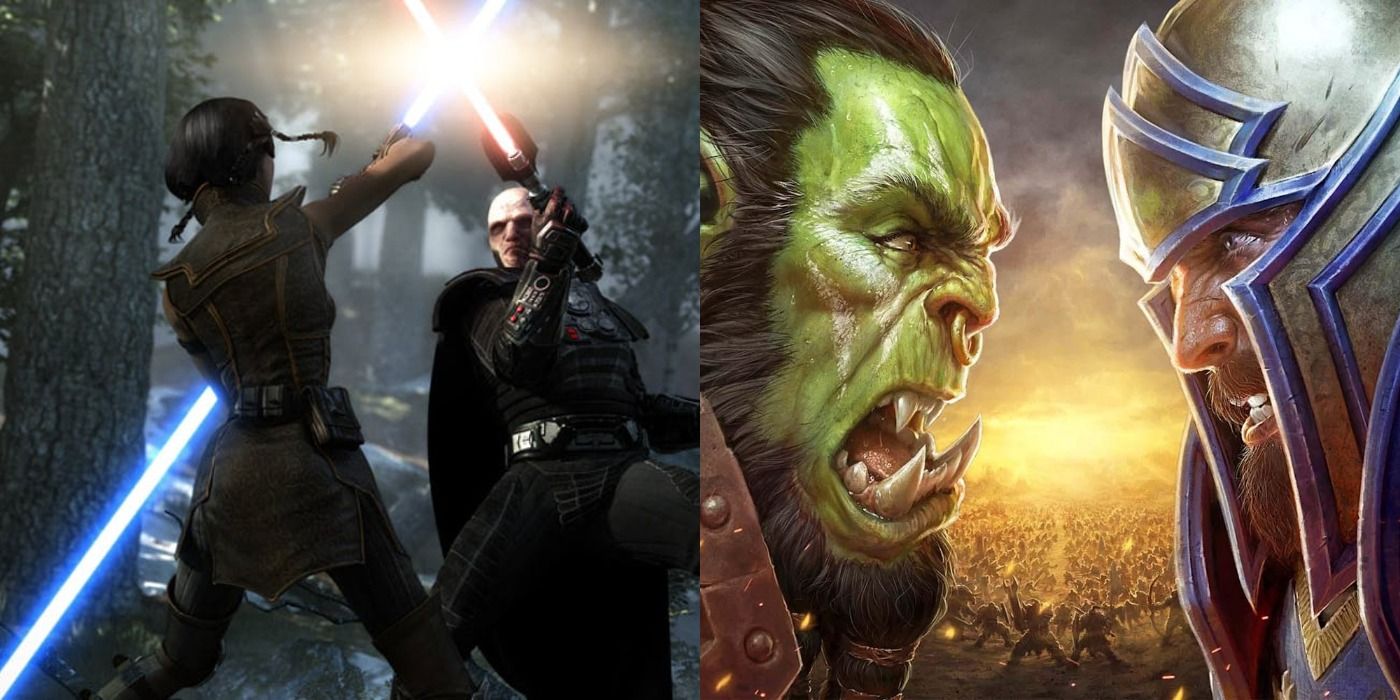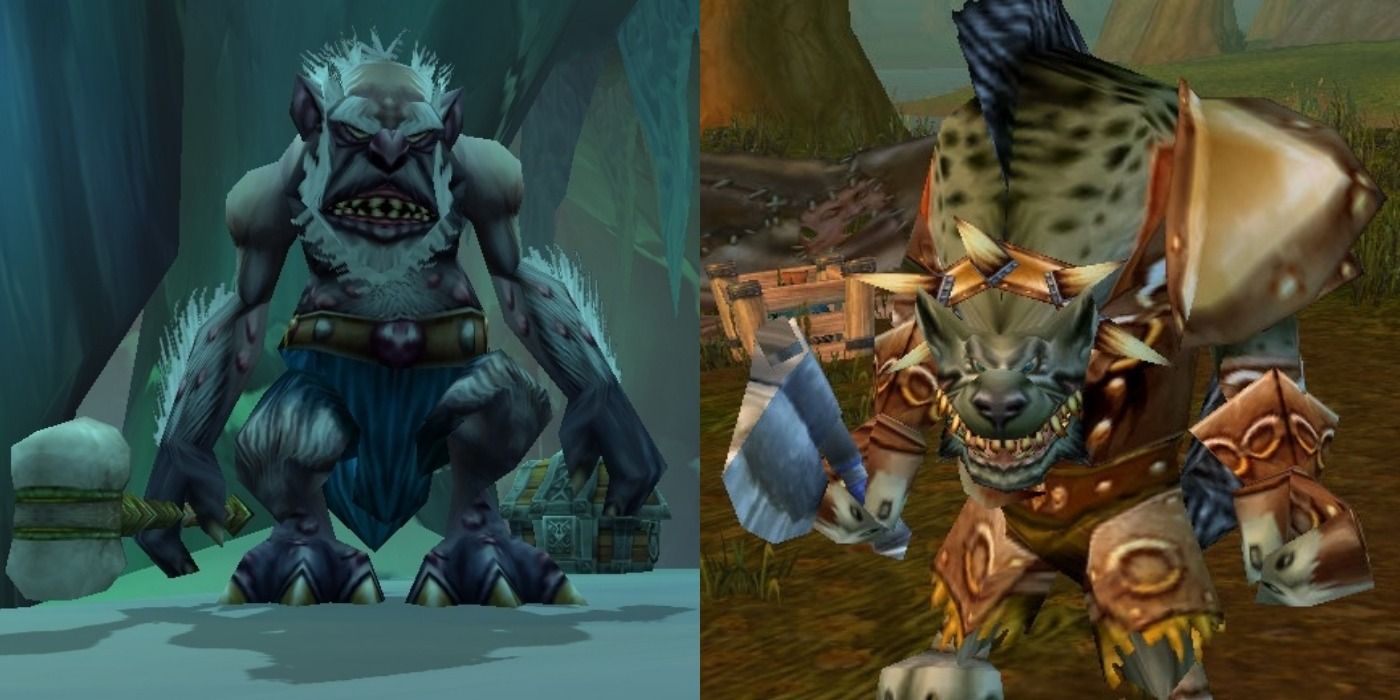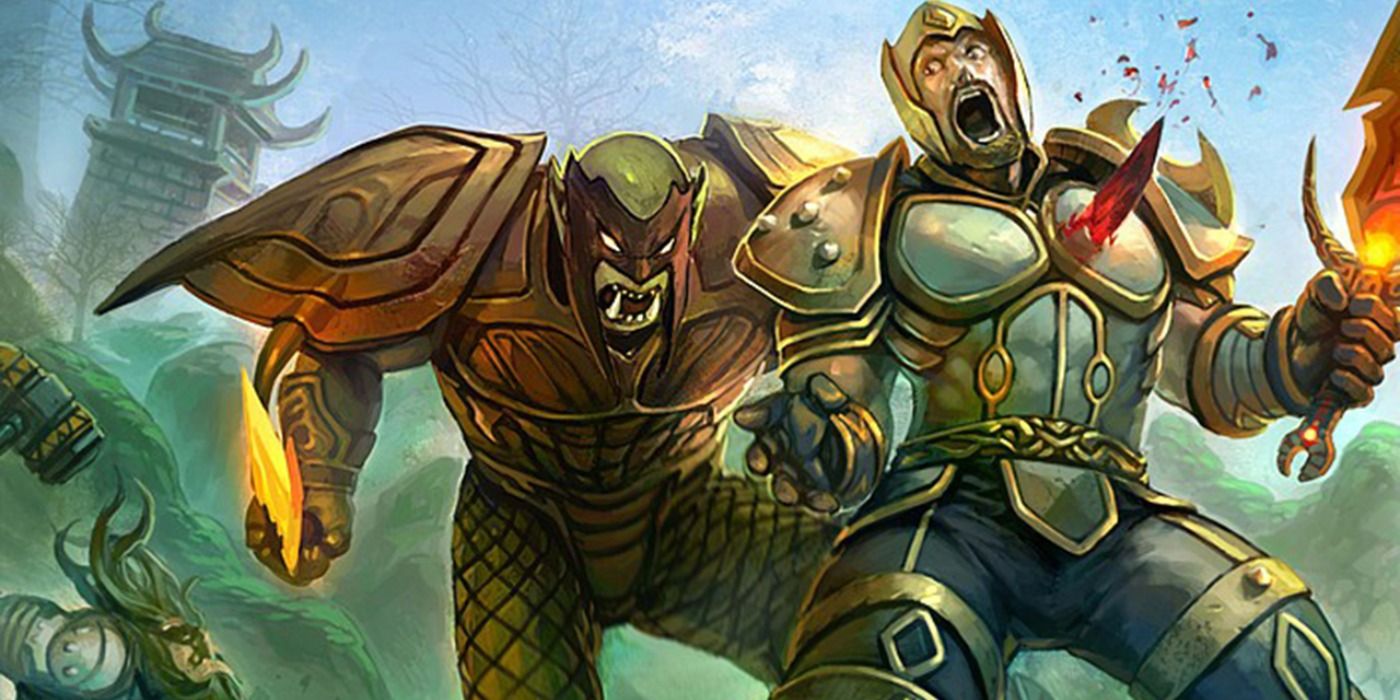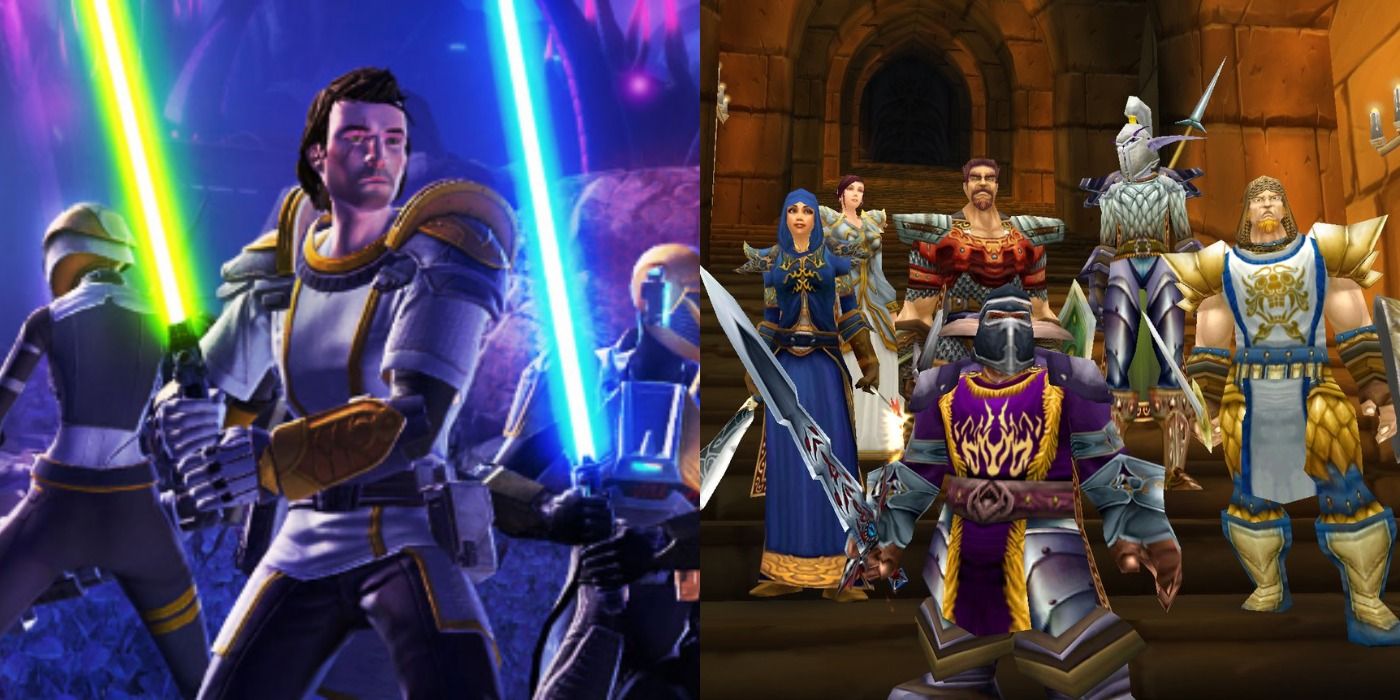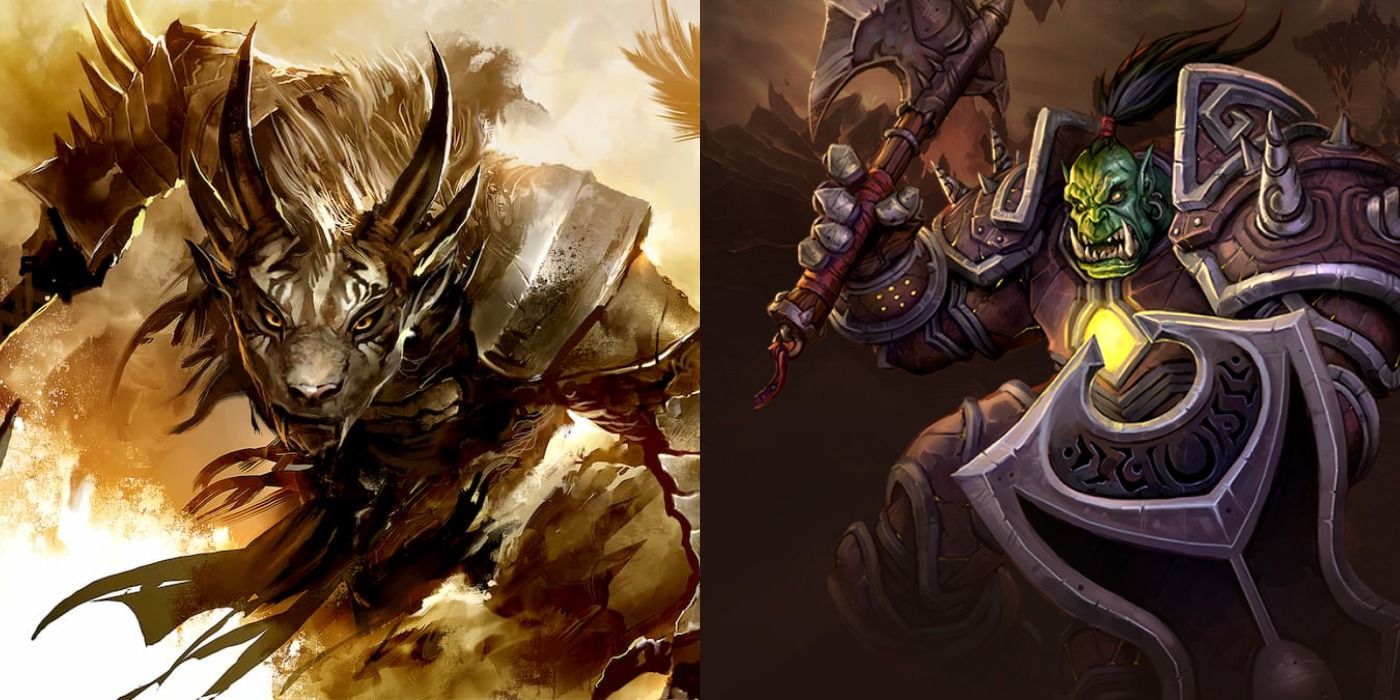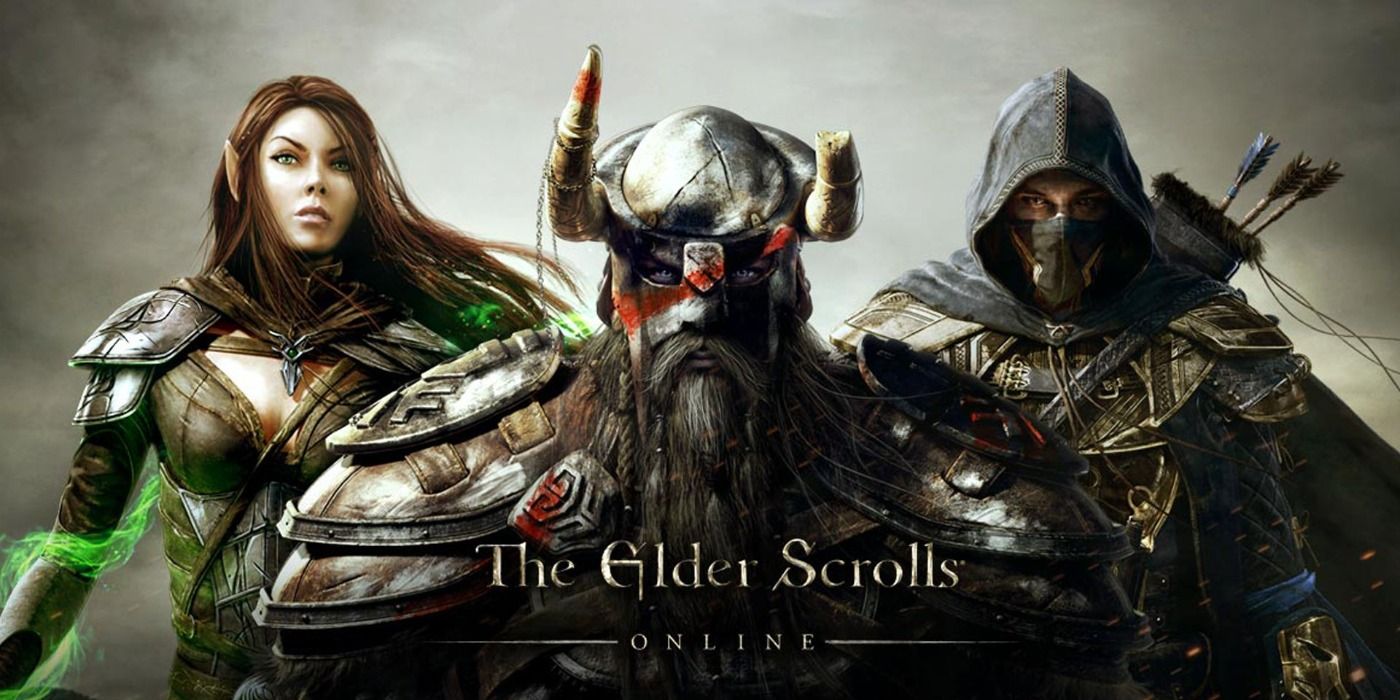The MMORPG subgenre, while still somewhat niche, has proven to be an enduring one in the modern gaming scene. Titans like World of Warcraft built their reputation and the genre's general gameplay conventions early on PC, but the likes of Final Fantasy XIV have held the torch for being the current MMORPG juggernaut.
Those conventions established in the early 2000s have carried over into modern gaming, even to the point of being at least partially cliches. Adapting to 2022 and beyond has seen some of those features streamlined, but are still recognizable to genre veterans to a degree.
Killing & Fetch Quests
These games often contain this gaming trope, including some great single-player games akin to MMORPGs that have the typical killing and "fetch" quests sneak in. The aforementioned World of Warcraft, Final Fantasy XIV, and even Star Wars: The Old Republic all have this to an extent.
Generic killing and fetch quests are notably prevalent in an MMORPG's early-game grind, seeing players tasked with essentially what the terms imply. On occasion, they'll be asked to go to a general location and kill X amount of creatures and/or gather X amount of resources to bring back to the quest giver.
The Endgame Grind
Being part of the greater RPG genre, this variant is designed to keep players engaged for potentially hundreds of hours over several years at a time. Main questlines alone generally take up plenty of time as is, especially when counting the hours that players will naturally spend going off the beaten path to prepare for both it and the endgame.
The notorious endgame grind can be understandably appealing to hardened MMORPG fans, though its emphasis in so many games has made it into a trope. Grinding for levels and gear is a sensitive mechanic to implement in games, as they can easily go from an engaging gameplay loop -- like in non-MMOs, including Monster Hunter Rise's challenging quests -- to a tiresome chore.
Pay-To-Win & Lootbox Microtransactions
Microtransactions in gaming have been one of the most controversial mechanics to be forced into games, but this subgenre has had them in some form since the early-mid 2000s. They can sometimes be seen as generally harmless when they're simply cosmetics, but some can start to bleed into paying for things that would make the game an unplayable grind without them.
Unsurprisingly, these appear the most in "free-to-play" MMO's like Rift and Perfect World. The latter's baked-in features are major examples of what led the community to coin the term "pay-to-win," and those games naturally have cosmetic microtransactions as well.
Fantasy/High-Fantasy Settings
Given the nature of what makes RPGs in general so popular, it makes sense that fantasy settings are most commonly used. And since MMORPGs are meant to be much larger in scope to justify their subscription-based models, high-fantasy worlds are even more natural fits.
Fantasy itself has become an endlessly engrossing genre in and of itself, and Final Fantasy XIV has made itself one of the best modern fantasy RPGs regardless of subgenre. Star Wars: The Old Republic technically shakes that formula up somewhat because of the franchise's inherent mix of sci-fi with fantasy, but it would be interesting to get more high-end MMORPGs that venture out of this setting altogether.
Warring Factions
Part of what's kept FFXIV so engaging to millions since the game's miraculous redemption was having more compelling and nuanced storytelling than just rival factions like Horde vs. Alliance or Republic vs. Sith. It partly goes hand-in-hand with the nature of RPGs, fantastical genres, and the application of those things and more in an MMO setting, but many of these games operate on the pretense of having two or more warring factions driving the plot.
On paper, it's also logical as to why this is often used. Having warring factions injects a degree of political intrigue and gives players a reason to align with one side or the other, as well as playing player-versus-player modes.
Weak Beginning Monsters
While after dozens of hours of gameplay players will take on some of the genre's toughest bosses in raids and dungeons, the monsters in most MMORPGs' early hours are the same. Going along with the aforementioned killing and fetch quest tropes, players will frequently find themselves asked to wipe out legions of rats, slimes, goblins, and the like.
It's a cliche that permeates the overall RPG genre as well, and one that can quickly become frustratingly monotonous. Though everyone has to start somewhere, the "glorified exterminator" portion of an MMO's early game should go by at a brisk pace to keep players' interest.
PVP Trolling
Thankfully, players can mostly avoid trolls on their MMORPG travels by sticking as close to PVE (player-versus-environment) servers as possible. It can admittedly be amusing from an outside perspective, but a hostile player from an opposing faction --and at a much higher level -- can easily ruin a newcomer's day on a PVP server.
Like in World of Warcraft though, players can play in a PVE server and choose to take part in PVP Battlegrounds whenever they choose. When it comes to multiplayer games, there will always be some way people can use loopholes in the mechanics to be able to troll unsuspecting players.
Dungeon & Raid Party Roles
It's reasonable to have a massive online game played by millions at a time implement features that force some kind of structure in various gameplay elements. One of the most common ones to expect is the classic roles players need to fulfill when going through dungeons or raiding in parties.
There is the tank that needs to keep these high-leveled mobs' attention, DPS (damage per second) dealers to collectively chip away at enemies, and the healer to make sure everyone stays alive. Having structure is important, but this is certainly one of the most predictable elements in most MMORPGs.
Character Classes
Similar to the dungeon and raiding roles -- as well as general fantasy genre tropes -- many MMORPGs have the player create their character with a typical class. This is another justifiable standard for the most part in a subgenre like this, but in several cases, players find that many of these classes are essentially the same as in other games.
From Guild Wars 2 to World of Warcraft, the classes offered can often be boiled down to the traditional warrior, mage, paladin, priest, and so on. As expansions for these games get released though, there are occasional classes and specializations introduced that provide just enough variation to the formula.
The Special Hero In A Sea Of Millions
People who play MMORPGs usually do so, in part, for being immersed in a rich fantastical world. However, a common narrative trope in this subgenre can somewhat take players out of the story. To some extent, many MMORPGs put the player in the role of a special hero, champion, or prophesized "chosen one." The Elder Scrolls Online can fit into this category.
Aside from being a general fantasy cliche, this plot device is difficult to take seriously when the game is designed to be played by millions at a time. While there won't be that many on-screen, it's a bit immersion-breaking when a cutscene involves an NPC telling the player character how important they are to the quest, only to see a player next to you go through the same dialogue.

